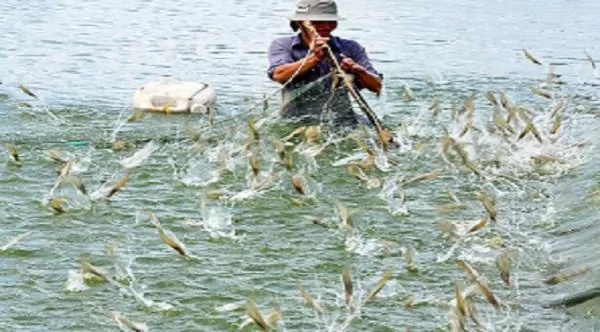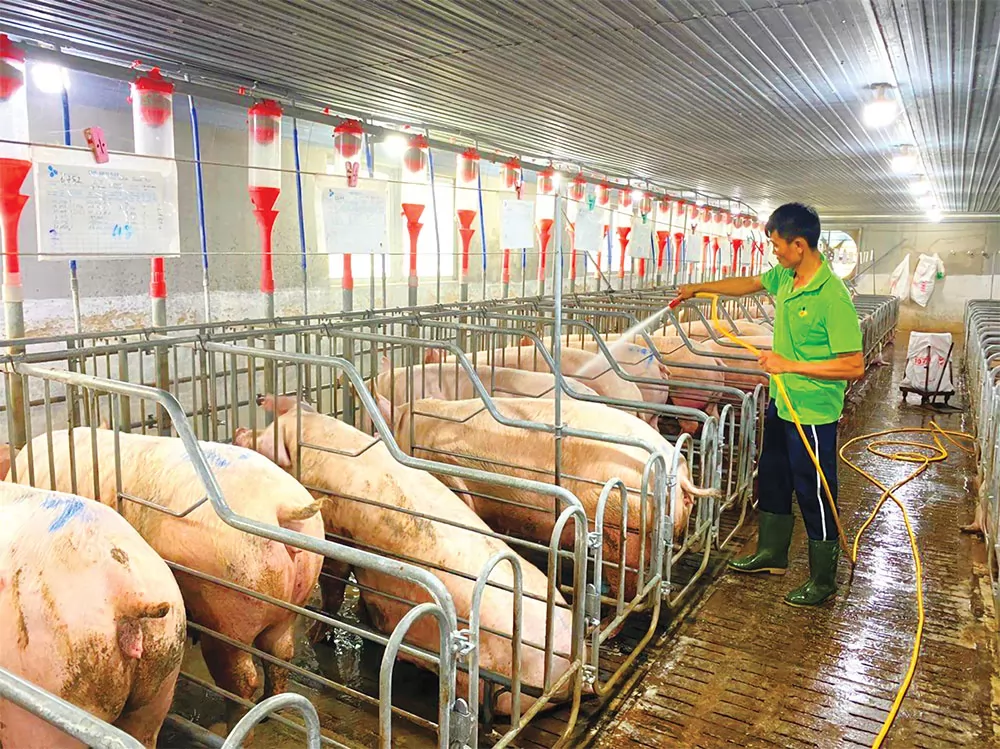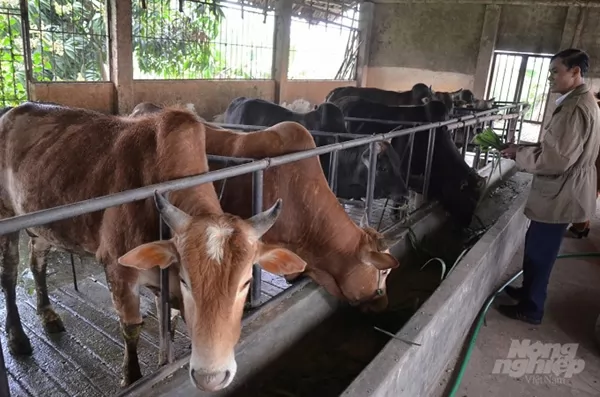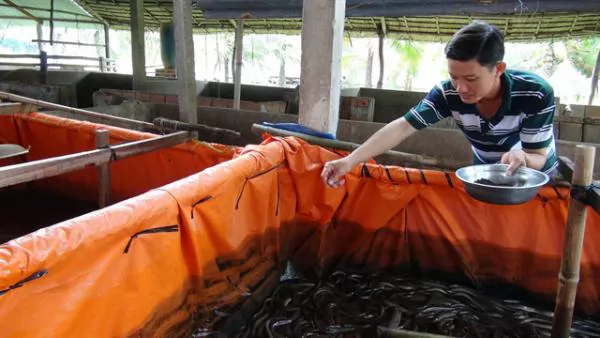Soc Trang's shrimp farming area to remain unchanged in 2021

The Mekong Delta province of Soc Trang plans to breed brackish water shrimp species in more than 51,000ha of ponds next year, the same as this year.
They will include white-legged shrimp in 35,000ha and black tiger shrimp in the rest of the area.
The coastal province, one of the delta’s largest shrimp producers, has produced nearly 188,000 tonnes of shrimp this year, up 24.8 percent from last year, according to its Department of Agriculture and Rural Development.
Intensive and semi-intensive farming accounted for 94 percent of the 51,000ha this year. The yield is higher this year than average because farmers used advanced techniques and followed the province’s breeding schedules.
Speaking at a seminar held in Soc Trang last week, Quach Thi Thanh Binh, deputy head of the Fisheries Sub-department, said brackish water shrimp farming was successful this year because the province managed the breeding schedules well and has many effective farming models.
Tran Van Lau, Chairman of the provincial People’s Committee, instructed the Department of Agriculture and Rural Development to develop infrastructure, irrigation and power supply in shrimp farming areas, especially where intensive and semi-intensive farming is carried out, next year. The province would continue to solicit investment in breeding farms to meet the demand for young brackish water shrimp. The department should seek to link producers and consumers to sustainably develop shrimp farming and improve farmers’ incomes, he said.
The province has great potential for breeding the crustacean, especially in districts like Tran De, Cu Lao Dung and My Xuyen, where brackish water shrimp are bred using intensive, semi-intensive and other advanced farming models like the two-stage industrial shrimp farming model.
The two-stage model requires various ponds for breeding shrimp like one for a nursery, the main pond and one for treating wastewater. Young shrimp are bred in the nursery pond for a few weeks before being transferred to the main one. The ponds are equipped with oxygenation facilities, anti-sunlight nets and plastic sheets for covering their beds. The model requires large initial investment but ensures more than 90 percent of the animals survive.
According to Lam Thanh Lam, who has been breeding shrimp in Cu Lao Dung’s An Thanh 3 commune for 15 years, after he has received training in using advanced techniques to breed shrimp his yields have increased.
He now breeds white-legged shrimp on an area of 2,500sq.m to Vietnamese good agricultural practices (VietGAP) standards./.
(VNA)
Maybe you are interested

Pig-breeding restructuring underway in Vietnam
Swine breeding businesses are glad of the rise in pig selling prices, after a 2023 so far with financial results in the doldrums.

Vietnamese beef cattle breed favored by China
(VAN)- The Vietnamese yellow cattle that seemed to have gone extinct because it was small, slow growing, and thus eliminated, now has been suddenly hunted for high prices by Chinese traders.

Super-intensive farming of white-legged shrimp brings high profits
TRÀ VINH - Super-intensive white-legged shrimp farming areas have expanded threefold over last year after bringing in high incomes for farmers in the Cửu Long (Mekong) Delta province of Trà Vinh.





